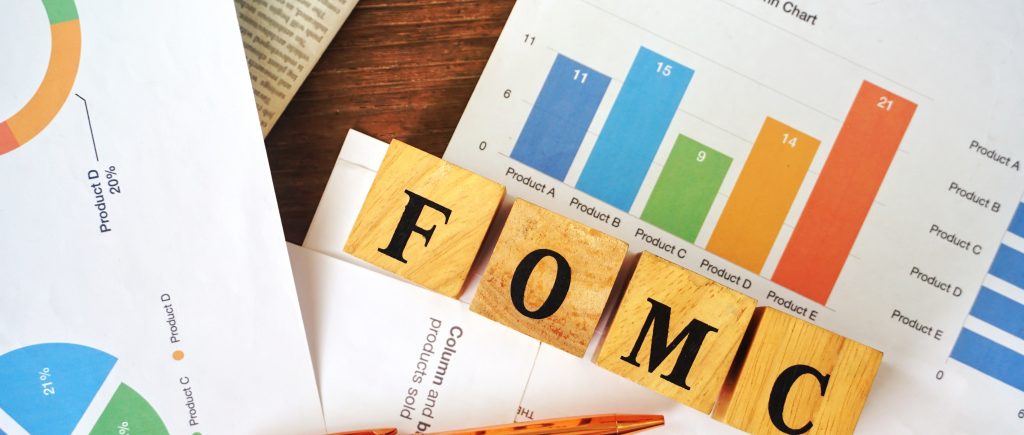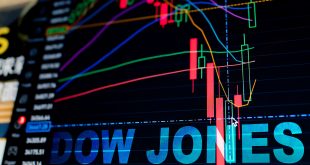Since July, the Federal Reserve has not increased interest rates. That hasn’t made borrowing costs any less crippling for consumers. In September, the Fed hit the pause button. The US central bank will most likely decide its rate decision on Wednesday in light of key financial conditions, developments and economic data.
The Federal Reserve is broadly expected to keep its policy unchanged within the current 5.25%-5.5% range. Investors are looking forward to digesting the looming Fed’s language during the press conference following Fed’s interest rate decision. Investors will also closely watch the statements by Jerome Powell, Fed Chair
Therefore, observers, traders, investors and market players will focus on getting clues and answers to a couple of major questions; namely: 1) How long will the Fed keep interest rates at the record highs it currently adopts? 2) When could the US central bank end its current cycle of quantitative tightening?
There are surely other questions that also matter because they are not less important; including how strong is the US economy now and will be in the near future? Will the Fed abstain from interfering due to rising bond yields? What steps must be taken to permanently lower inflation to the 2% target?
Any interest rate decision that does not constitute a surprise to the market, in the absence of central bank’s rhetoric about the future path of interest rates, could mean that the market’s attention could shift to the US debt; namely the Treasury Department’s need for issuing US government bonds of all types.
The US Treasury Department announced on Monday that the US federal government expects to need to issue $776 billion in Treasury bonds in Q4 of 2023, versus earlier expectations that stood at $800 billion.
Monetary and fiscal policy
Recently, there have been statements by several Fed officials who indicated that a number of policymakers in the central bank believe that there is no need for further rate hikes based on the sharp tightening of financial conditions in the United States due to the significantly soaring US Treasury yields, as many see a link between the rise in yields and the deterioration of economic conditions.
One of the most important distinguishing factors of Wednesday’s FOMC meeting, November 1, is that financial conditions in the United States are also acting and interacting regarding the potential influences that could direct the policy decision as well as the central bank’s language after the Treasury Department announced its plans to further borrow in the form of a sovereign bond.
Therefore, it is also important for US fiscal policymakers, led by US Treasury Secretary Janet Yellen, who weighed in last week on the huge rises in US bond yields and their relationship to economic conditions.
“The U.S. economy is still showing tremendous prosperity, which implies the continued need to keep interest rates at high levels,” Yellen said during a TV interview with Bloomberg Economic Network last week, which may contribute to answering the question of how long the Fed could continue to adopt high interest rates.
Yellen rejected claims that the fiscal deficit was to blame for the recent rise in Treasury yields, which have recently reached 16-year highs and even briefly breaking 5 percent. “The current surge in long-term US Treasury yields is a reflection of the economic boom, not evidence of a widening fiscal deficit,” Yellen noted.
The US Treasury Secretary said the rise, which has reached the highest levels since the global financial crisis, highlights the strengths of the US economy.
Economic data in play
The US Personal Price Index (PCI), for September 2023, rose 0.4%, the same as August and above market expectations of 0.3%.
The annual increase in personal consumption expenditures was 3.4% in September, indicating a downward revision to the previous month’s reading and forecast. The annual inflation reading excluding food and energy prices rose 3.7% as expected, but remained below the 3.9% in August.
The number of jobs that the US economy added in September rose to 336,000 jobs versus the previous reading of 227,000 jobs as revised, rising to an increase, according to the US Nonfarm Employment Change Index.
The forecast was for a rise of only 170,000 jobs in September, therefore, the reading significantly exceeded market estimates and would favor expectations of further rate hikes. But US wage growth was unchanged month-on-month, according to data released Friday. But US indices recorded an annual decline in US wages.
The monthly reading of the average hourly earnings index was unchanged at 0.2% versus the previous reading of the same figure. However, the actual reading came in and beat market expectations of 0.3%.
The annual reading of the same index fell to 4.2% in September versus the previous reading of 4.3%, which fell short of market expectations of 4.3%.
US wage growth data released on Friday suggest that there are signs of the beginning of a decline in wage growth in the United States, which would favour expectations of pausing interest rate hikes.
Based on the data issued since the last Fed meeting.
It is likely that the economic conditions in the United States could support expectations of keeping interest rates unchanged at current levels in light of developments in inflation and employment. It seems that higher interest rates for longer are what the Fed wants.

 Noor Trends News, Technical Analysis, Educational Tools and Recommendations
Noor Trends News, Technical Analysis, Educational Tools and Recommendations




